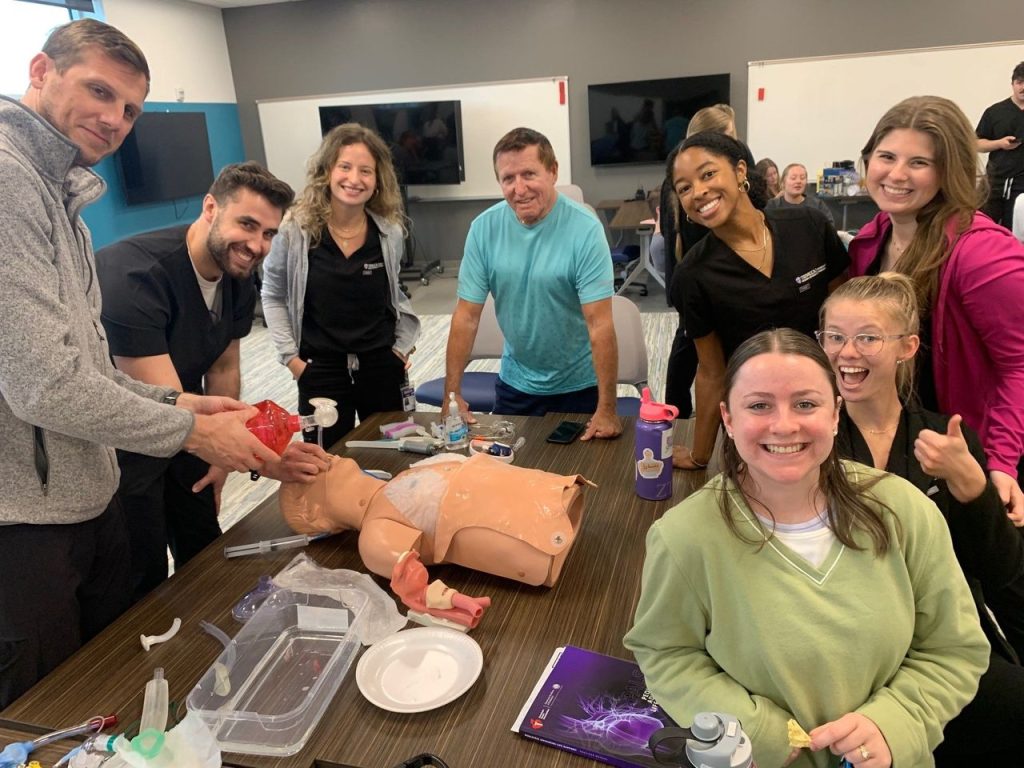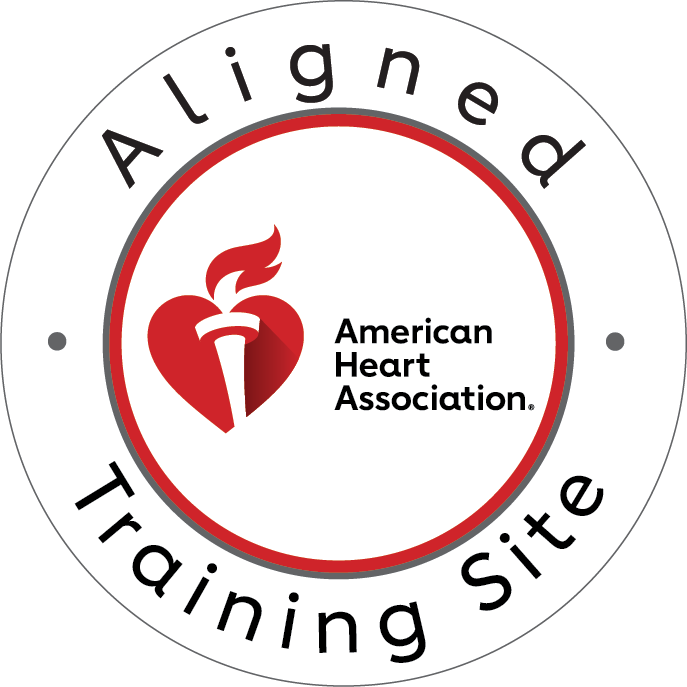I. Introduction
Cardiopulmonary resuscitation, commonly known as CPR, is a critical life-saving technique that everyone should be familiar with. In emergencies, such as cardiac arrest, the ability to perform CPR effectively can mean the difference between life and death. Despite its importance, many people either lack proper training or are not confident in their ability to execute CPR correctly. This article aims to provide practical tips for improving CPR techniques, ensuring that individuals are better prepared to act decisively and effectively when faced with an emergency.
II. Understanding the Basics of CPR
A. Definition and Purpose
CPR is a medical procedure performed when the heart stops beating. Its primary purpose is to maintain circulatory flow and oxygenation during cardiac arrest until advanced medical help can take over. CPR involves chest compressions combined with rescue breaths to manually support a person’s circulation and breathing. By maintaining blood flow to vital organs, particularly the brain and heart, CPR can significantly increase the chances of survival and reduce the likelihood of long-term damage.
B. Key Components of CPR
- Chest Compressions: This involves pressing down on the chest to mimic the heart’s pumping action, ensuring that blood continues to circulate throughout the body. Effective chest compressions are crucial as they maintain the flow of oxygenated blood to the brain and other vital organs.
- Rescue Breaths: Also known as mouth-to-mouth resuscitation, this involves breathing into the victim’s mouth to provide oxygen to the lungs. Rescue breaths complement chest compressions by ensuring that the blood being circulated is rich in oxygen.
- Use of AED (Automated External Defibrillator): An AED is a portable device that can analyze the heart’s rhythm and, if necessary, deliver an electric shock to help the heart re-establish an effective rhythm. AEDs are designed to be simple to use, with voice prompts and visual aids to guide users through the process.
Understanding these components is fundamental to performing CPR correctly. However, knowledge alone is not enough; regular practice and continuous improvement are essential to ensure readiness in real-life situations.
III. Regular Practice and Training
A. Importance of Frequent Practice
Frequent practice is essential for retaining CPR skills. Just like any other physical skill, CPR techniques can deteriorate over time if not regularly practiced. Regular training helps maintain muscle memory, ensuring that movements become automatic and precise. This muscle memory is crucial in emergencies where time is of the essence and there is little room for error.
B. Utilizing Training Tools
- CPR Manikins: These are invaluable tools for practicing CPR. Manikins simulate the human body’s response to chest compressions and rescue breaths, providing a realistic training experience. They allow individuals to practice proper hand placement, compression depth, and rhythm, helping to build confidence and proficiency.
- Feedback Devices: Many modern CPR manikins come equipped with feedback devices that provide real-time data on the quality of compressions. These devices measure factors such as compression depth, rate, and release, offering immediate feedback that can help correct technique and improve performance.
C. Joining CPR Training Sessions
- Community Classes: Many organizations, such as the American Heart Association (AHA) and the Red Cross, offer CPR training classes to the public. These classes are often available at community centers, hospitals, and schools. They provide hands-on practice with certified instructors who can offer personalized guidance and answer questions.
- Workplace Training Programs: Many employers offer CPR training as part of their workplace safety programs. These programs ensure that employees are prepared to respond to emergencies that might occur in the workplace. Participating in these sessions not only enhances individual skills but also fosters a safer work environment.
Regular practice and training are vital components of maintaining effective CPR skills. By making use of available training tools and participating in organized sessions, individuals can stay prepared to act confidently and competently in emergencies.
IV. Correct Technique for Effective CPR
A. Proper Hand Placement
Correct hand placement is crucial for effective chest compressions. To ensure maximum efficiency:
- Center of the Chest: Place the heel of one hand on the center of the chest, specifically on the lower half of the sternum. Place the other hand on top and interlock the fingers. Keeping the elbows straight, position your shoulders directly above your hands to use your body weight for compressions.
- Correct Depth and Rate: For adults, compress the chest at least 2 inches deep and at a rate of 100-120 compressions per minute. Consistent depth and rhythm are key to maintaining effective blood flow.
B. Maintaining the Right Compression Rhythm
- Recommended Rate: Aim for a compression rate of 100-120 compressions per minute. This rate is optimal for maintaining adequate blood flow. To keep pace, consider using a metronome or a song with a matching beat, such as “Stayin’ Alive” by the Bee Gees.
- Counting and Timing Strategies: Counting out loud or having someone else count can help maintain the correct rhythm and ensure that you stay on track. Regular practice with a timer can also help develop a sense of the correct pace.
C. Effective Rescue Breaths
- Proper Head-Tilt/Chin-Lift Technique: To give rescue breaths, open the victim’s airway by tilting the head back and lifting the chin. This position helps prevent the tongue from blocking the airway.
- Ensuring Chest Rise with Each Breath: Pinch the victim’s nose shut, place your mouth over theirs to create a seal, and give a breath lasting about one second. Watch for the chest to rise, indicating that the breath has entered the lungs. Allow the chest to fall before giving the next breath.
Mastering these techniques requires regular practice and attention to detail. By focusing on proper hand placement, maintaining the right rhythm, and ensuring effective rescue breaths, individuals can significantly enhance the effectiveness of their CPR efforts.
V. Overcoming Common Challenges
A. Physical Fatigue
- Strategies to Maintain Stamina: Performing CPR can be physically demanding, especially during prolonged efforts. To maintain stamina, use your body weight to assist with compressions rather than relying solely on arm strength. This approach reduces fatigue and ensures consistent compression quality.
- Importance of Rotating Rescuers: If multiple trained individuals are present, rotate every two minutes or after five cycles of compressions and breaths. This rotation helps prevent fatigue, allowing rescuers to maintain the quality of compressions.
B. Stress Management
- Techniques to Stay Calm in Emergencies: High-stress situations can impair performance. Techniques such as deep breathing, staying focused on the task, and mentally rehearsing the steps of CPR can help maintain calm and composure.
- Mental Rehearsal and Visualization: Regularly visualizing the process of performing CPR, including potential scenarios, can prepare the mind to respond effectively. This mental rehearsal can make actions more automatic, reducing hesitation during real emergencies.
C. Adapting to Different Situations
- CPR on Different Body Types: Techniques may need slight adjustments depending on the size and body type of the victim. For children, use one hand for compressions, and for infants, use two fingers. For obese individuals, ensure hands are placed correctly on the sternum, and compressions are deep enough.
- Performing CPR in Confined Spaces: Emergencies can occur in various settings, including confined spaces. Practicing CPR in different environments helps prepare for these scenarios. Focus on positioning yourself effectively to perform compressions and breaths, even in tight areas.
VI. Enhancing Team Coordination
A. Roles in a CPR Team
- Assigning Specific Tasks: In a team scenario, assigning specific roles can enhance efficiency. One person can handle chest compressions, another can manage rescue breaths, and a third can operate the AED or call for additional help.
- Clear Communication and Leadership: Effective communication is crucial. Use clear, concise commands and ensure everyone knows their responsibilities. Designating a leader to coordinate efforts can streamline the process and ensure all actions are synchronized.
B. Regular Team Drills
- Simulating Real-Life Scenarios: Regular drills that simulate real-life emergencies can improve team coordination and response time. Practice different scenarios, such as sudden collapses in various locations, to prepare for a range of situations.
- Debriefing and Feedback Sessions: After drills, hold debriefing sessions to discuss what went well and areas for improvement. Constructive feedback helps refine techniques and enhances overall team performance.
VII. Keeping Up with CPR Guidelines and Innovations
A. Staying Informed on Latest Guidelines
- American Heart Association (AHA) Updates: The AHA periodically updates its CPR guidelines based on the latest research. Stay informed about these updates through official AHA channels, websites, and training programs.
- Other Relevant Medical Bodies: Organizations like the Red Cross and international health bodies also provide valuable guidelines. Regularly review updates from these sources to ensure practices remain current and effective.
B. Incorporating New Technologies
- Advanced AEDs: Modern AEDs come with advanced features such as voice prompts, visual aids, and feedback mechanisms. Familiarize yourself with these devices to utilize their full potential during emergencies.
- Mobile Apps for Real-Time Guidance: Numerous mobile apps provide real-time CPR guidance, including compression rate and depth feedback. Using these apps can enhance performance, especially for those who may not practice regularly.
VIII. Personal Health and Fitness
A. Physical Fitness for Rescuers
- Importance of Cardiovascular Health: Maintaining good cardiovascular health is crucial for effective CPR. Regular aerobic exercise like running, swimming, or cycling can improve endurance and overall physical fitness.
- Strength Training for Effective Compressions: Strength training exercises, particularly those focusing on the upper body and core, can enhance the ability to perform consistent and effective chest compressions. Exercises such as push-ups, chest presses, and planks are beneficial.
B. Self-Care and Injury Prevention
- Avoiding Strain and Injuries: Performing CPR can be strenuous, potentially leading to strain or injury. Use proper body mechanics to minimize the risk, such as keeping your back straight and using your body weight for compressions.
- Ergonomic Techniques: Practice ergonomic techniques to reduce physical stress. For example, position yourself close to the victim’s chest, with your hands directly over the sternum, to use your body weight effectively and reduce strain on your arms and back.
IX. Conclusion
Mastering CPR techniques is not only a valuable skill but a vital one that can save lives in critical situations. By integrating regular practice, utilizing the latest training tools, and staying informed on updated guidelines, individuals can significantly enhance their CPR effectiveness. Remember, the difference between a prepared rescuer and an unprepared one can be the difference between life and death.
For those looking to take their skills to the next level, enrolling in a CPR certification course is an excellent step. If you’re in the St. Louis area, consider CPR St. Louis, an American Heart Association training site. CPR St. Louis offers a range of courses, including initial certifications and renewals in BLS for Healthcare Providers, ACLS, PALS, and CPR and First Aid. Each class is designed to be stress-free and hands-on, providing the practical experience needed to perform CPR confidently and effectively.
Don’t wait until an emergency strikes to realize the importance of CPR training. Enroll in a CPR certification course with CPR St. Louis today and become a part of the community of prepared and capable rescuers. Whether you’re a healthcare provider, a caregiver, or simply someone who wants to be ready to help, CPR St. Louis provides the best CPR training in St. Louis. Equip yourself with the skills that can save lives – sign up for a course and get certified in CPR St. Louis now!





